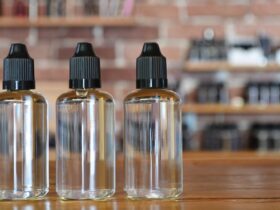Polymer concrete
Polymer Concrete is a solution based on a polymer binder, it is also called “plastic”. They are used as structural, wear -resistant, electro -insulating material for the production of baths, flooring tiles, pipe for drains, etc.D.
The approximate composition of polymer concrete: quartz flour 11%, granite gravel 51%, furfurolacetone monomer-fam 10%, quartz sand 26%, benzol sulfate 2%.
Antipyrene, surfactants, dyes, plasticizers, diluents, generators, and t are also added to the composition of polymer concrete.P.
Thermoreactive resins are used as astringent material (carbamide, epoxy, furan, unsaturated polyester, cumaronoine, thermoplastic).
Crushed stone with a fraction of up to 50 mm and sand up to 5 mm are used as a filler.
In order to reduce the cost of products, barite, quartz, andesite flour with grains less than 0 is used.15 mm.
Types of polymer concrete: – ultra -light 0.4 TM3 – 0.5 TM3. – Light 1.6 TM3 – 1.8 TM3; – heavy 2.2 TM3 – 2.4 TM3; – Super -heavy 3.5 TM3 – 4 TM3;
Specifications:
Water absorption: no more than 0.3 % in 24 hours;
Heat resistance: from 800C to 1400C;
Thermal conductivity: 0.62 W (m · K) – 0.85 W (m · K);
Frost resistance: F300 to F500.
Production:
In production, all components are thoroughly mixed in concrete mixers. The aggregates are previously cleaned of pollution, dried and divided into small and medium fractions. The materials used are loaded into a concrete mixer in a sequential manner. The crushed stone with sand is originally loaded and after added the resin as a hardener is added.
The resulting consistency (it can be called mastic since it is very similar to it) is loaded into forms or formwork, having previously lubricated the surface with technical petroleum jelly, paraffin or machine oil. In the process of filling the forms, a vibration plot occurs on the vibration ground. At the last stage, hardening of the material occurs in natural conditions at an air temperature of 60 – 70 % in 20 – 60 days, depending on the size. To accelerate the drying process, the material is subject to drying in furnaces at a temperature of 60 – 90 0c. The formwork is removed after 24 hours.
Perhaps it will be interesting to you:
Aerated concrete blocks decided to build an apartment building in Novodnestrovsk ? Mr. Aznibon blocks are the best solution for the construction of Gazoblock










Hello!! My name is Jeanine
I love to eat, travel, and eat some more! I am married to the man of my dreams and have a beautiful little girl whose smiles can brighten anyone’s day!